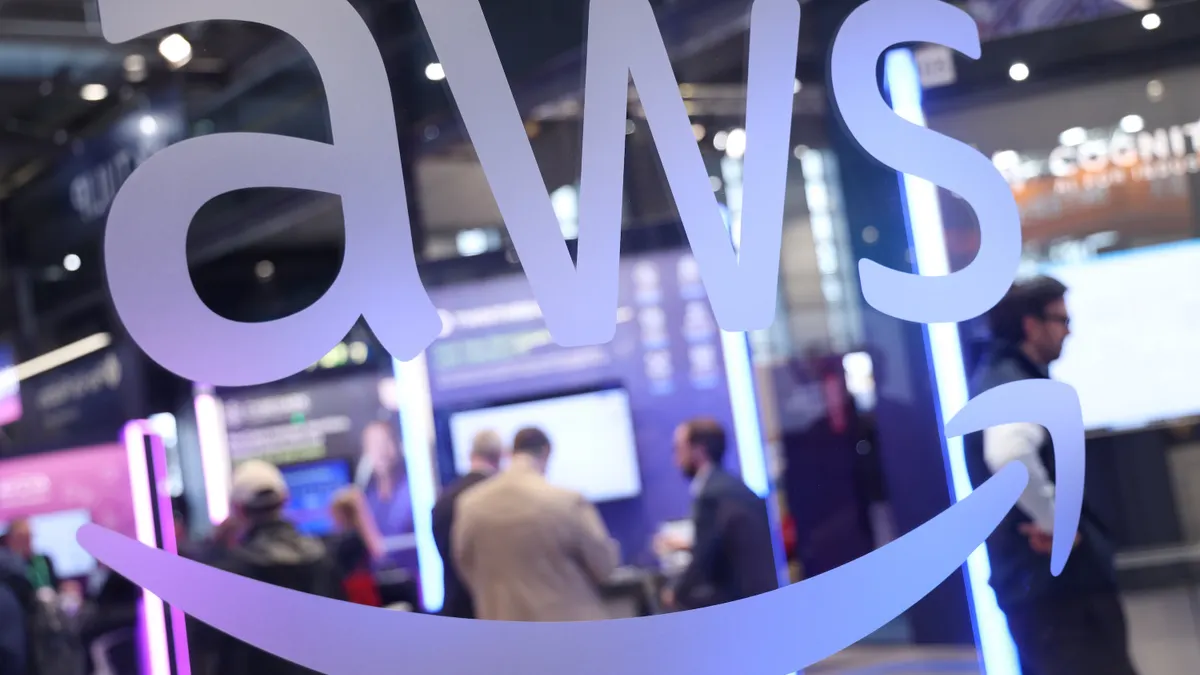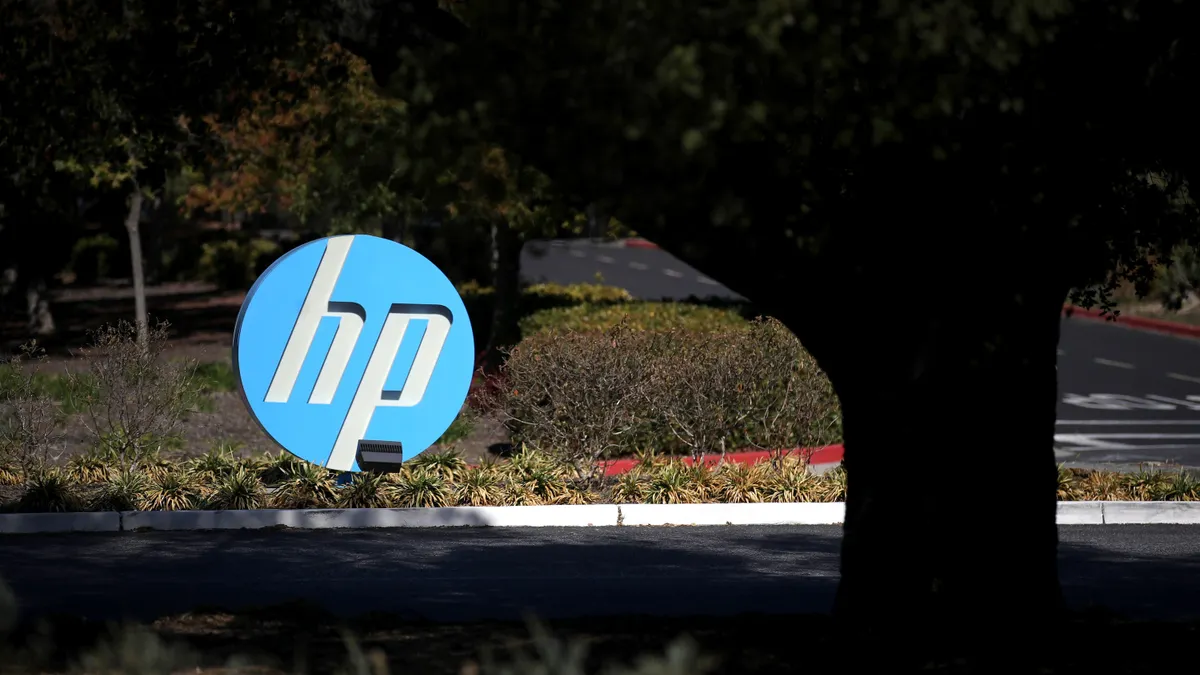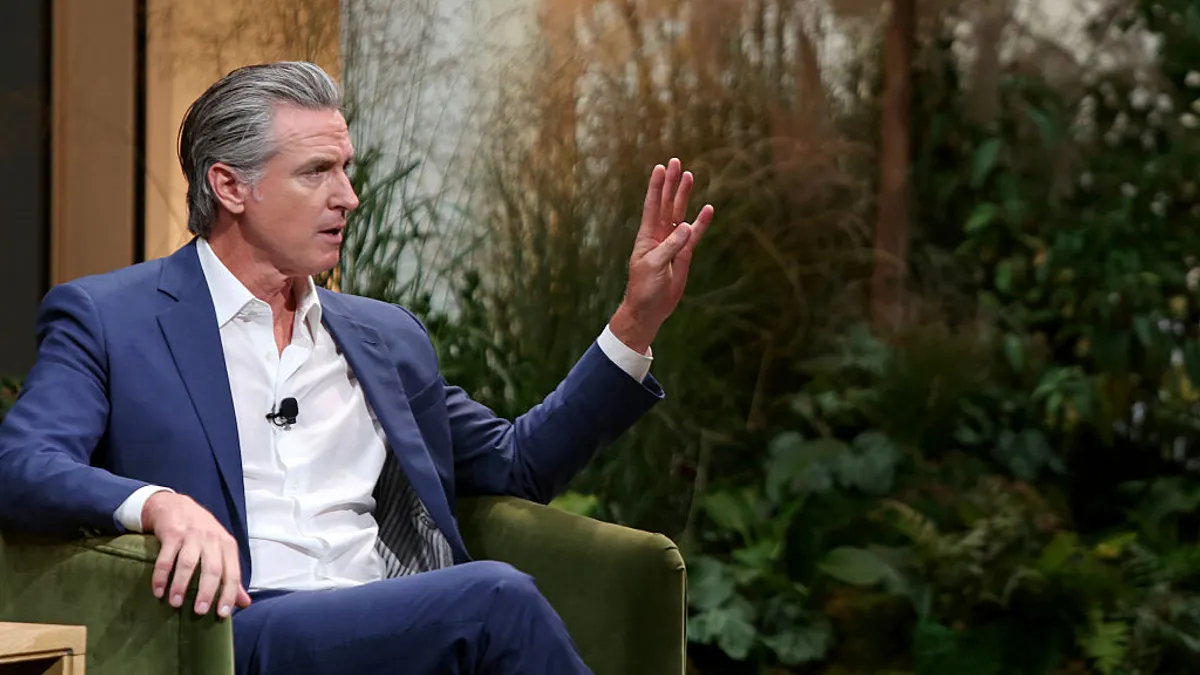The problem of intellectual property theft is a long-standing issue, especially in the technology community, and few would argue against American-Chinese trade relations benefiting from more protections. But are the recently proposed tariffs the answer?
The tariffs could bring China to the negotiating table and incentivize strengthened IP protections and modification of practices for foreign companies operating on Chinese soil.
But fears around what appears to be an uncoordinated strategy from the Trump administration will push the U.S. and China into a trade war, hurting the very industries the tariffs are meant to help.
Technology supply chains are anticipating some heat, and unless things cool between President Trump and General Secretary Xi Jinping the situation may take a greater toll on tech.
Xi's coming for you
China has ruled the low-cost manufacturing market for decades, but that's no longer enough for the superpower — and hasn't been for many years.
Established in 2015, the "Made in China 2025" national plan made commitments to usher in the next generation of Chinese manufacturing across industries, with a focus on innovation and technology-driven manufacturing aided by state and market forces.
"China's strategy is to become globally competitive, if not dominant across virtually all advanced technology industries," according to Stephen Ezell, VP of global innovation policy at the Information Technology and Innovation Foundation.
China has emerged as a global leader in advanced technology research in fields such as artificial intelligence and quantum computing. And its tech hubs — like Beijing, Shanghai and Shenzhen — are steadily drawing more native talent back home from the U.S. Across the Pacific, Silicon Valley is feeling the pressure.
"What we have is an organized system of a competitor nation going into our economy and taking the factory of our knowledge. And that situation is not sustainable."

Stephen Ezell
VP of global innovation policy at ITIF
But in its climb toward the top, China has stepped on some toes.
Through its "predatory" and oftentimes "mercantilist" practices, China "poses a direct threat to the viability of America's advanced technology industries, which are key drivers of innovation and R&D and wealth in our economy," said Ezell. This threat is often manifested in intellectual property and technology transfers.
The Chinese market has high barriers to entry, and companies looking to conduct business within its borders or partner with Chinese firms often have to obtain licenses from the government or disclose IP as a condition of market access, according to Ezell.
Chinese companies are playing the long game, consolidating talent and technology to create innovation powerhouses. "Going on underneath for years has been a coordinated strategy to identify promising young high-tech startups, especially those in the pre-IPO phase, and either acquire them or their technology or intellectual property in an earlier phase," said Ezell.
While IP may still be catching up in the country, assembly and production is heavily centered there with Chinese manufacturing embedded into global technology supply chains. Impacts to trade — such as those resulting from multibillion dollar tariffs — could take a hit on tech supply chains around the world.
"Parts and components kind of fly back and forth across borders all the time, and you could have small companies, medium sized companies in Silicon Valley and other places who are affected if the Chinese start cutting off parts of electronic supply chains," said Claude Barfield, a resident scholar at AEI and former consultant to USTR.
Why the sudden fuss about IP?
Intellectual property is a pillar of the modern U.S. economy, and strong IP protections are important for companies for more than economic protections. They solidify a company's role as an innovator, boost its reputation and are important for investors, said Henry Su, partner at Constantine Cannon LLP.
Companies have to coordinate a clear patent strategy, deciding how much to spend on IP, what's worth protecting and what's not. Patent applications can easily run in the $10,000 to $50,000 range, and even tech giants like Apple have a finite budget to protect IP and get a good return on investment, according to Su.
In 2017, the Commission on the Theft of American Intellectual Property estimated that the annual economic costs of IP theft to the U.S. fall somewhere between $225 billion and $600 billion.
These costs are spread across counterfeit goods, trade secret theft and pirated software but do not include the full costs of patent infringement — which the commission estimates also run into the billions of dollars. The proportion of these costs incurred by China are unknown but estimated to be high.
Pirated software alone is conservatively estimated to cost U.S. firms $18 billion, even though the shadow market shrank 17% from 2013 to 2015, according the report. And trade secret theft is estimated as high as 1% to 3% of U.S. GDP — or anywhere from $180 billion to $540 billion in 2015 alone. Cyber theft is much cheaper and faster than R&D, and foreign firms can turn a large profit off of stolen American IP.
The commission charged China as the "world's principal IP infringer," obtaining American IP through various cyber and conventional means, including state actions "designed to force outright IP transfer or give Chinese entities a better position from which to acquire or steal American IP."
"You could have small companies, medium sized companies in Silicon Valley and other places who are affected if the Chinese start cutting off parts of electronic supply chains."

Claude Barfield
Resident scholar at AEI
Former President Barack Obama and Congress addressed some of the Commission's recommendations from its 2013 report, but many problems prevail and are exceedingly difficult to resolve. And in industries like technology, where the core is frequent innovation, intellectual property is paramount.
"From a trade balance and a competitiveness perspective, we wouldn't go into another country and take their factories," said Ezell. "But what we have is an organized system of a competitor nation going into our economy and taking the factory of our knowledge. And that situation is not sustainable."
On the surface, China may appear to be a burgeoning "IP powerhouse."
The country accounted for more than one-third of all patents filed in 2015 — almost double that of the United States, according to the World Intellectual Property Organization. Technology applications took the lion's share with computer technology, electrical machinery and digital communication patent applications.
But the IP Commission contends that most of China's patents were "petty" or "utility," granted without question of innovation levels.
Despite some improvements in IP protections in China over the last several years, much work remains to be done. In November, China made commitments to step up property and operational rights for businesses, and while recognition is an important early step, systemic issues of inadequate IP protections are no quick fix.
Yet even last week, China's vice commerce minister denied American accusations of forced technology transfer from foreign firms to China.
What are these tariffs supposed to do?
While an improvement in IP protections in China is generally desirable across the board, reactions to the tariffs and fears of escalation to a trade war have rippled through industries as both sides threaten additional tariffs.
"We're still in the opening stages of both sides staking out positions to negotiate from — and negotiations are certainly the preferred outcome — but the potential for escalation to an all-out trade war is real," said Ezell. "Policymakers must remember that the goal is to get China to roll back its innovation mercantilist policies so that trade may proceed on a more equitable and sustainable basis between the two countries."
The USTR's 45 pages of products facing additional tariffs target many products and industries related to China's 2025 plan and are valued at approximately $50 billion.
"China's strategy is to become globally competitive, if not dominant across virtually all advanced technology industries."

Stephen Ezell
VP of global innovation policy at ITIF
"It was positive that the list mostly excluded productivity-enhancing final ICT goods such as routers and servers as well as consumer-oriented final ICT goods such as mobile phones," said Ezell. "The tariffs hit more on intermediate components and inputs, mostly stuff like printers, display components, cables, coaxial connectors, etc."
The tariffs serve to even the playing field for American companies competing with China and as a message to China to improve its IP protections, according to Su. Ideally, they will push China to the negotiating table, though continued tit-for-tat between leaders of the countries and a Chinese WTO challenge to the U.S. tariffs has left many experts fearing the worst.
Tariffs, after all, have certainly wreaked havoc on economies past. On Monday, the council appealed to Treasury Secretary Steven Mnuchin and the Trump administration to mitigate Chinese trade practices through an international coalition instead of tariffs.
"If history is any indication, these proposed tariffs will not work and will be entirely counterproductive," according to a statement from the Information Technology Industry Council. "Tariffs penalize U.S. consumers by increasing prices on technology products and will not change China's behavior."





















